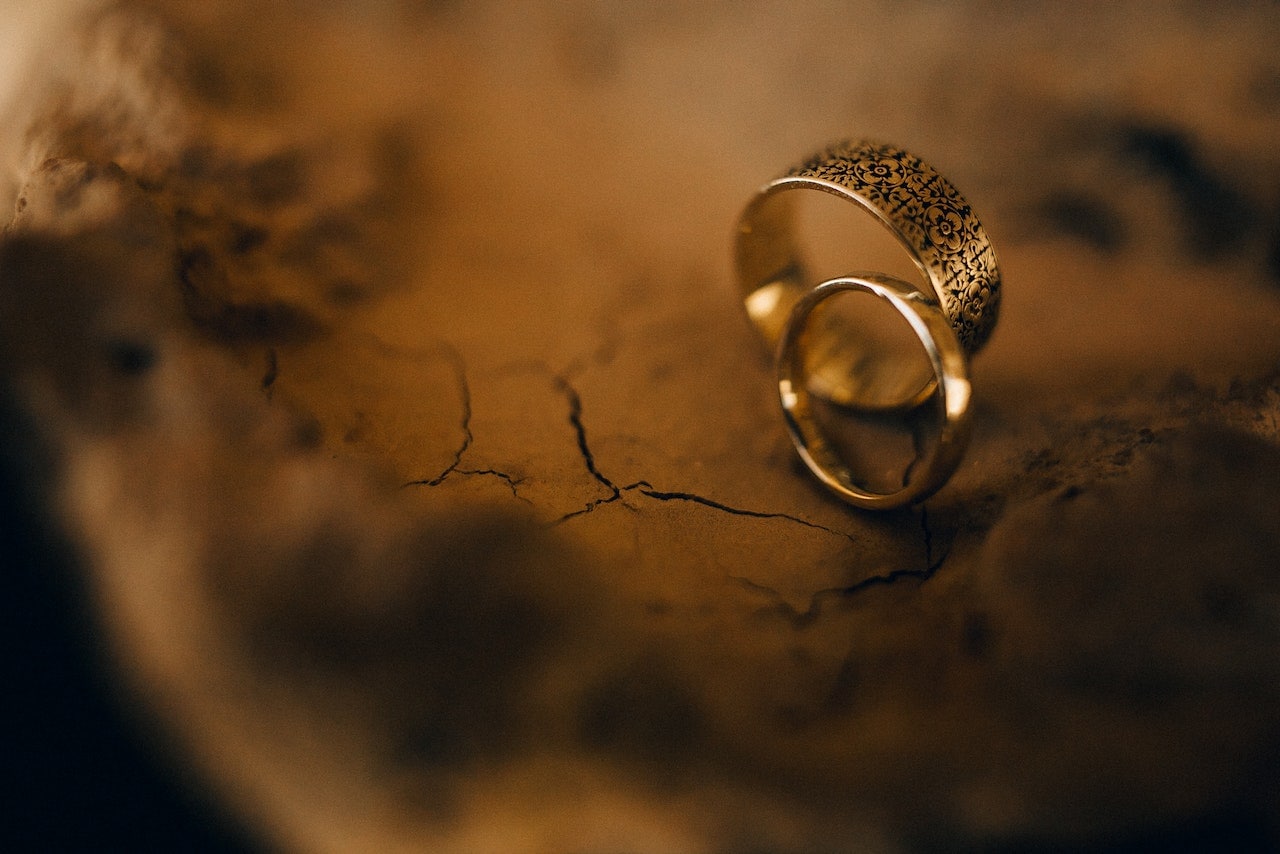
Table of Contents
Known for its beautiful reddish-brownish color, copper is a favorite among jewelry lovers. It is distinct in its appearance, highly durable, extremely affordable and can be shaped into stunning designs.
But there are also downsides to wearing copper. Let’s take a closer look at copper jewelry, it’s pros and cons, and what to know before you buy.
Where Did Copper Originate?
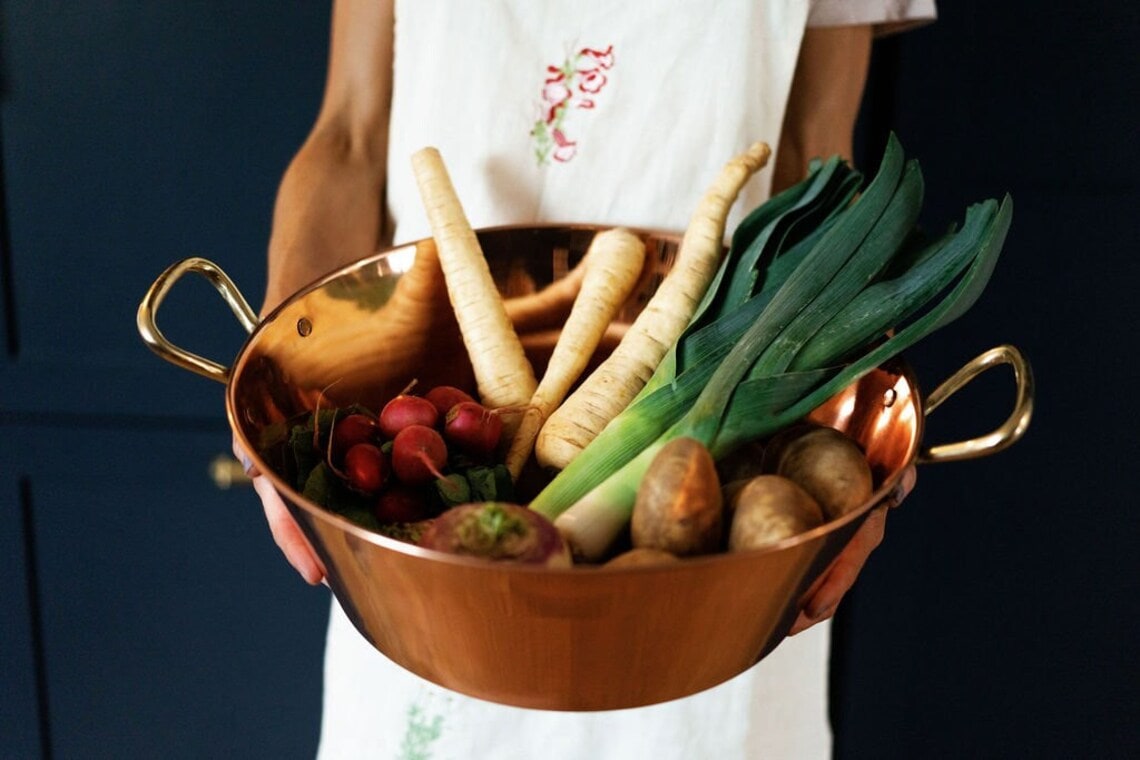
Copper is found plentifully in nature, and is the oldest form of metal mined from the earth. There is evidence of prehistoric usage of copper, going back to about 13,000 years. But it was only around 5000 years ago in the Middle East that copper began to be refined and made into alloys. It was used heavily by the Egyptians and the Native Americans, among other early civilizations.
The importance of copper cannot be overstated. After all, a major period of world history, the Bronze Age, is named after one of copper’s famous alloys. At one point in history, copper denoted social status and power. Copper became so valuable that it began to be used as a form of currency. However, today copper coins have little value, such as the US penny.
Copper is a versatile metal that has been used in numerous ways, from medical instruments, weapons, coins, jewelry, handicrafts, machinery and technology for many centuries.
Why is Copper Used in Jewelry
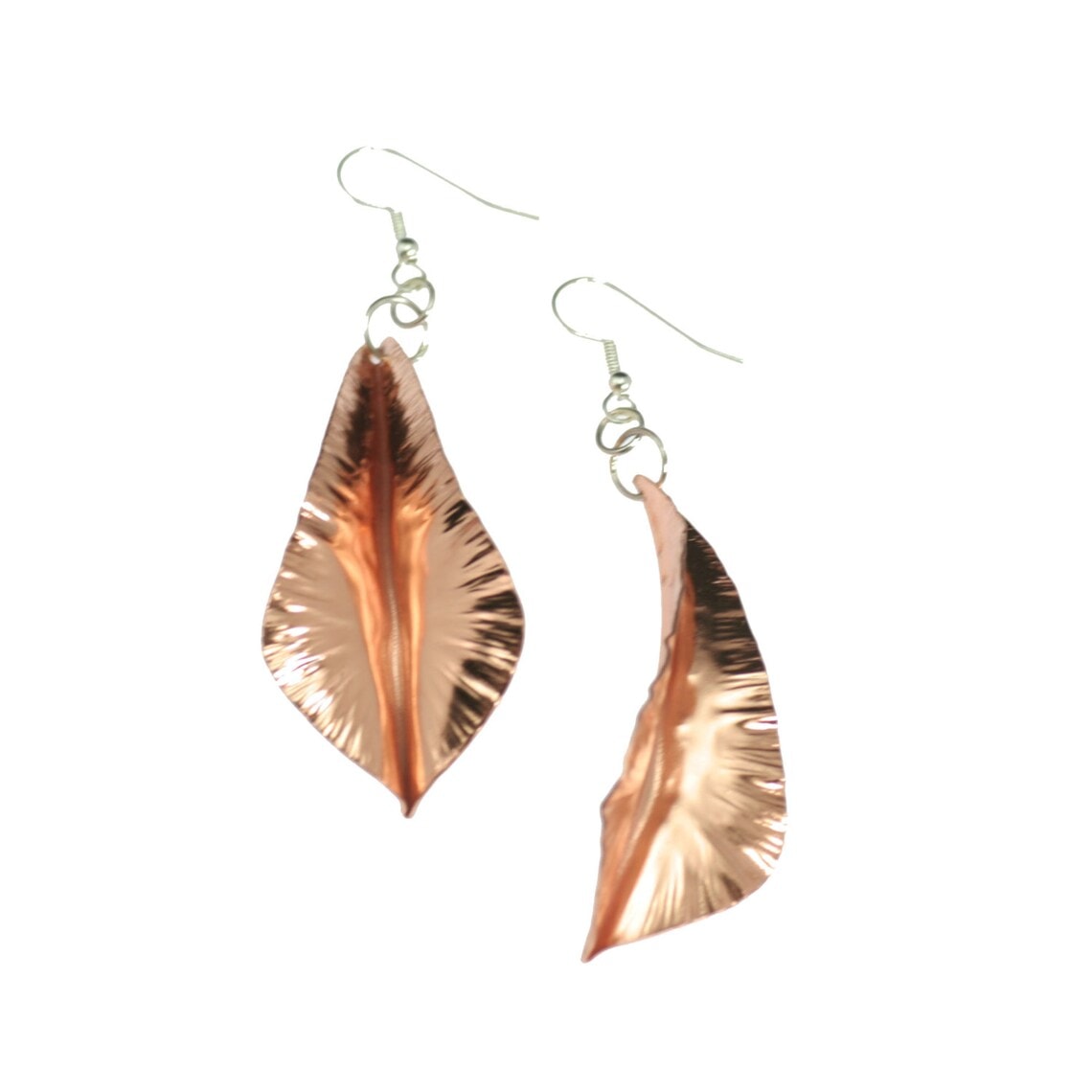
Because of its attractive color and malleability, copper was used in jewelry from the earliest times. The earliest known item of copper jewelry goes back to the 8th millennium BC and even today, copper is a popularly used metal in jewelry.
The beauty of copper is in its earthy color. Over time, as it is subject to wear, copper jewelry changes color from a shiny earthy brown to a deeper, more golden brown. After many years without maintenance, copper turns green, developing what is known as a patina.
In terms of symbolic meaning, copper has been connected to love and luck. It is thought to assist in communication and balance and to promote healing.
Types of Copper Jewelry
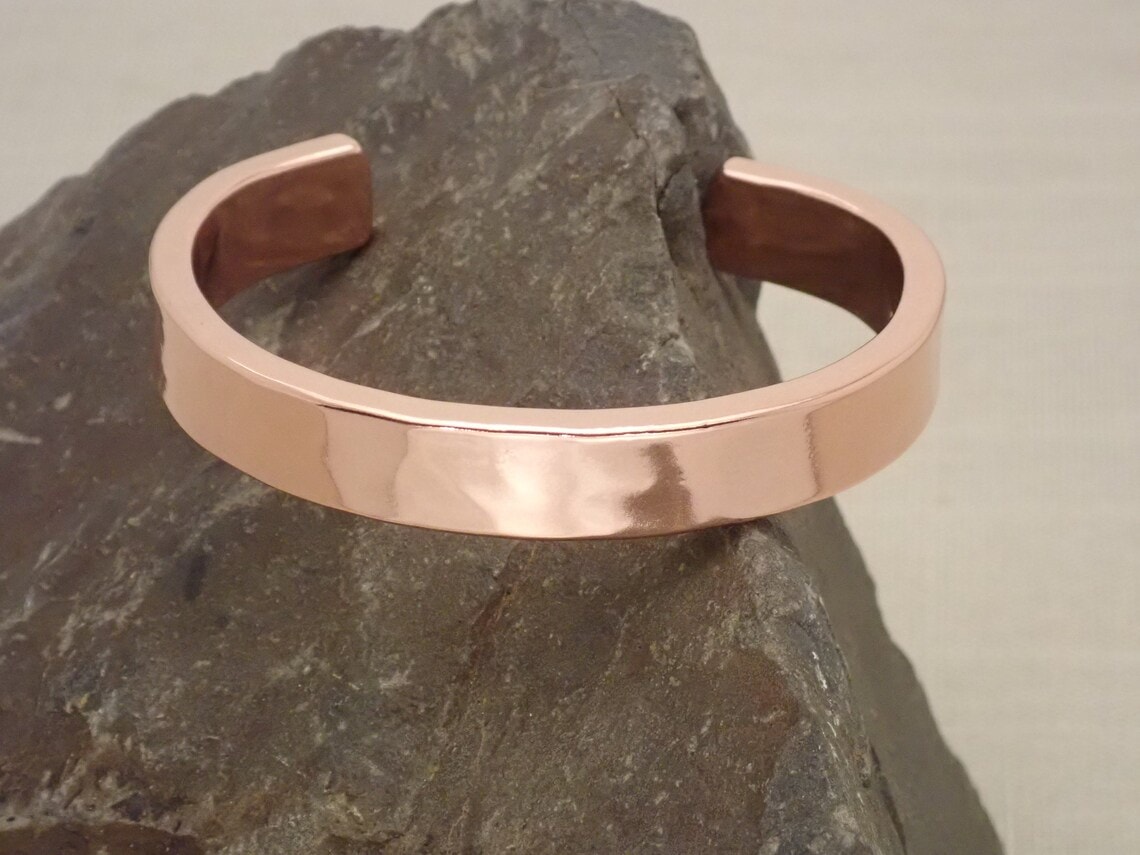
Copper looks amazing when crafted into bohemian styles. It’s reddish earthy color gives it a rustic look, and it pairs beautifully with materials like wood, fabric, and leather.
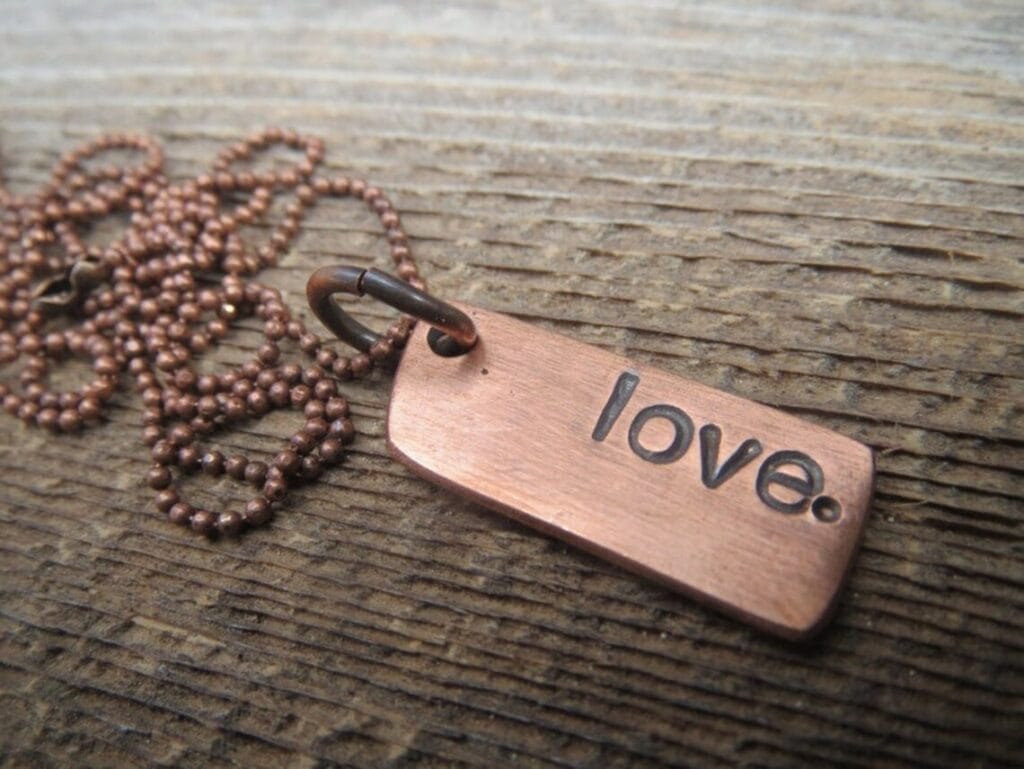
Copper is also often sculpted into beautiful hand wrought jewelry. It naturally has a vintage feel to it, due to its color, and every piece, however simple, takes on a charm of its own.
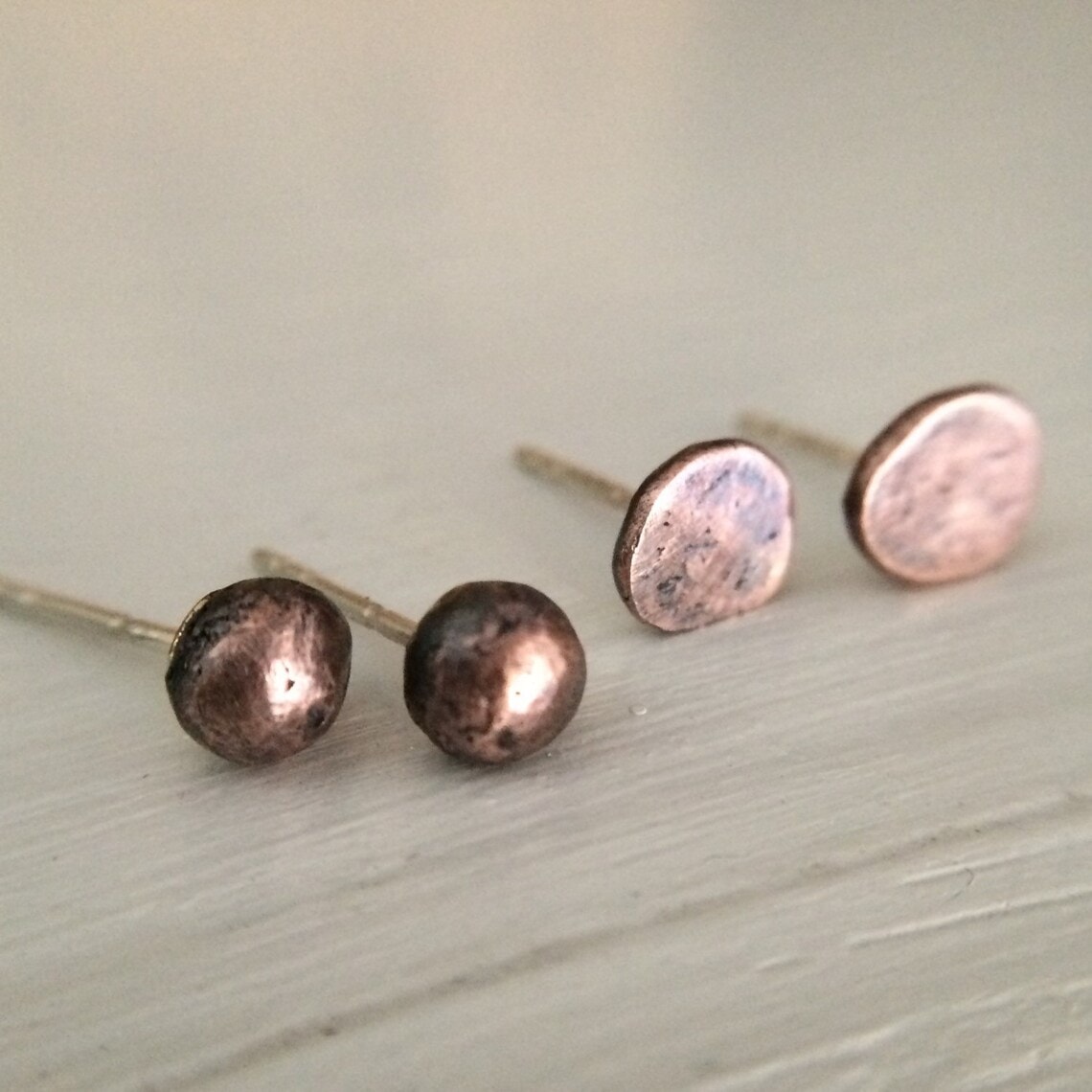
Whether you choose maximalist styles, or simple, minimalist designs, copper can be adapted to suit any style. For example, choose copper studs or more elaborate dangle earrings. Either way, it’ll look eye-catching.
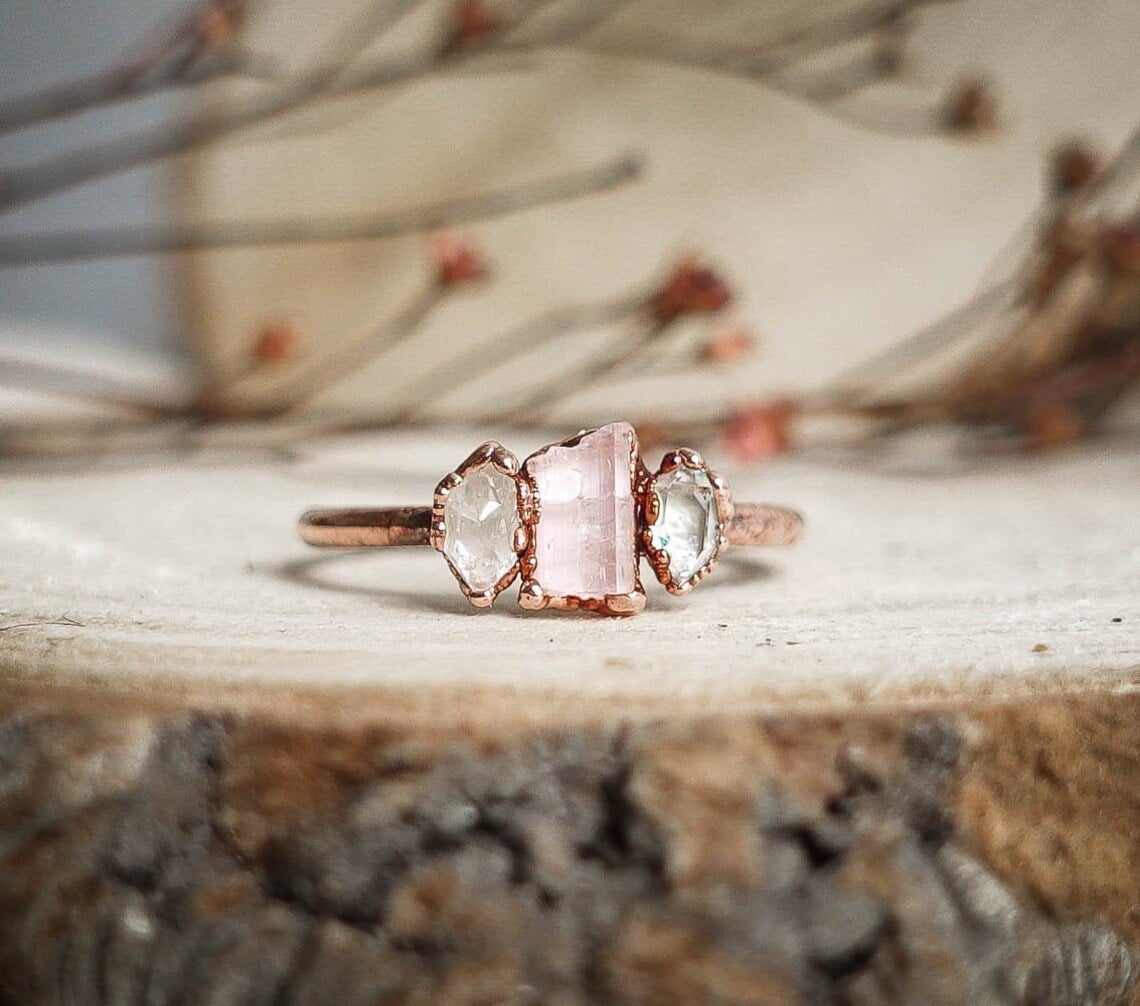
Copper makes for a very good setting for semi-precious gemstones and holds the gemstones securely. While it’s not typically paired with diamonds, unless it’s for a raw look, copper works well with semi-precious gemstones.
The contrast of the color of copper with that of the gemstones is beautiful and has an antique vibe. Copper suits any gemstone as it has a very versatile color that goes well with just about any other color.
How Durable is Copper?
Part of the allure of copper is its extreme durability. Pure copper is not very strong but it is tough and pliable. When it is combined with other metals such as zinc and tin, the resulting alloy is very strong. There are many alloys made of copper, including bronze, brass and sterling silver.
Because of its pliability and durability, many jeweler’s prefer crafting their designs out of copper. With reasonable care, copper can last several generations.
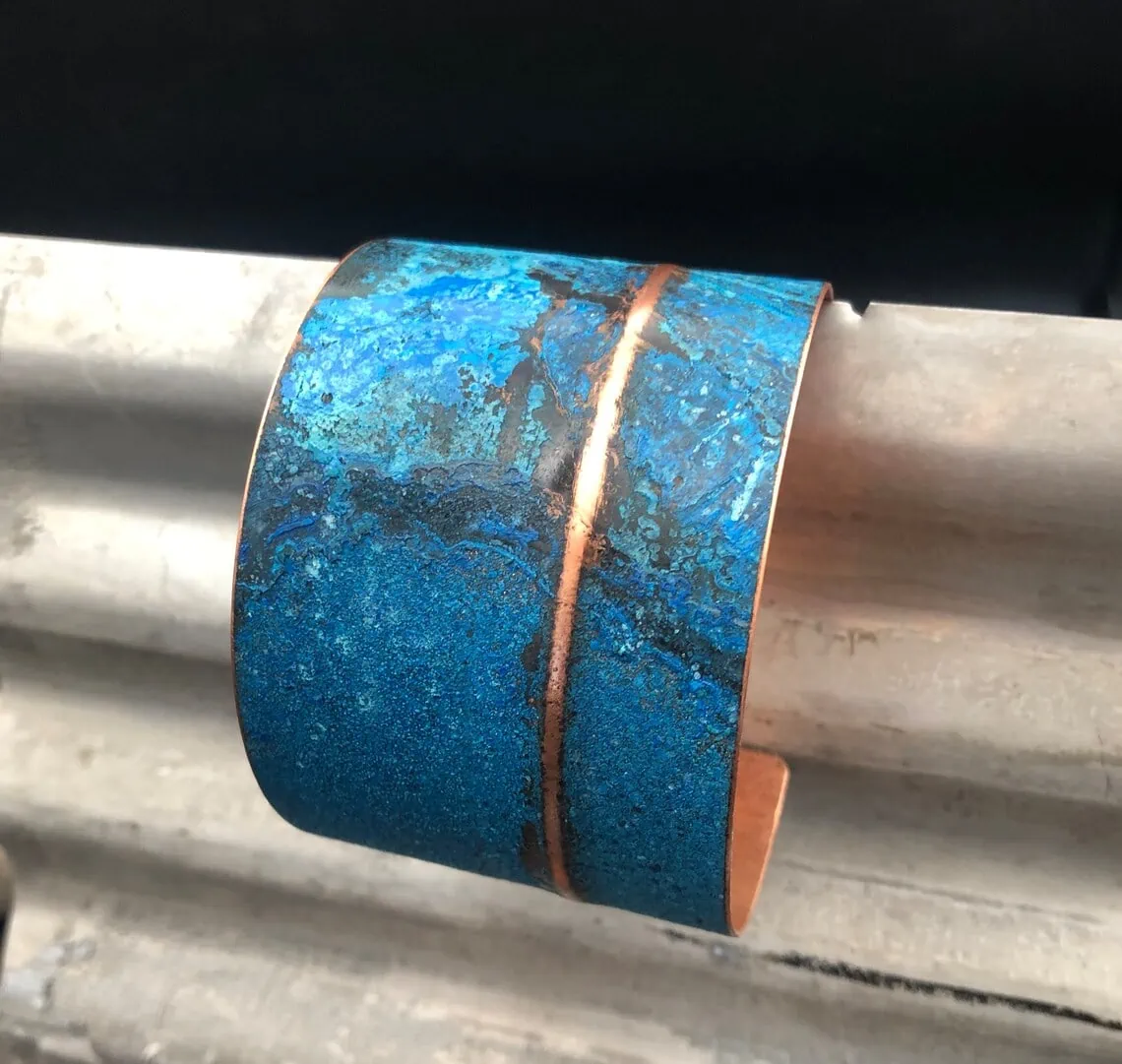
While copper does not rust in the way that iron does, it does develop a green patina over time. Some jewelers manipulate copper to create beautiful patina, ranging in color from blue to green, as part of the design.
The Statue of Liberty, which is made entirely of copper, is the perfect example of a copper patina. Originally, the statue was the color of copper plates, but over time, as the metal oxidized and other chemical reactions occurred, the statue developed its green patina, one of its defining features.
Copper and Recycling
Copper and its alloys have been recycled for centuries, melted down and reused over and over. Copper is 100% recyclable without losing any of its original quality.
Also, because it is a non-ferrous metal (a non-magnetic metal that doesn’t contain iron) it has a higher value in the scrapyard. It is among the most recycled metals in the world. Over 80% of copper mined since its discovery many thousands of years ago is still in use today.
Does Copper Make Your Skin Green?
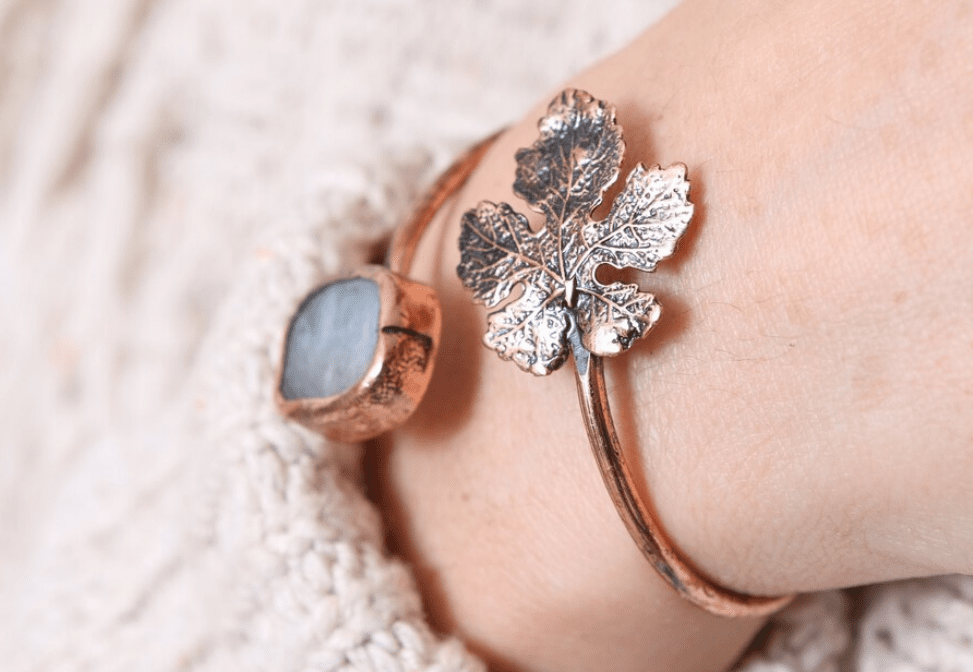
One fact about copper that sometimes puts people off wearing copper jewlery is that copper sometimes tends to turn skin green.
The reason this occurs is because the metal oxidizes and reacts with the sweat from your body, creating copper chelates. While pure copper cannot be absorbed by the skin, copper chelates can. The excess copper that isn’t absorbed by your skin is what turns your skin green.
The good news is that, unlike some silver staining, green copper stains are not permanent. Simply wash it off with ordinary soap and water.
If you maintain your copper jewelry and clean it regularly, this will help in preventing it from causing your skin to turn green. Also, if you want to avoid this altogether, you can purchase sealed copper jewelry, where the copper is covered in a thin coating to prevent it from staining.
Does Copper Have Any Health Benefits?
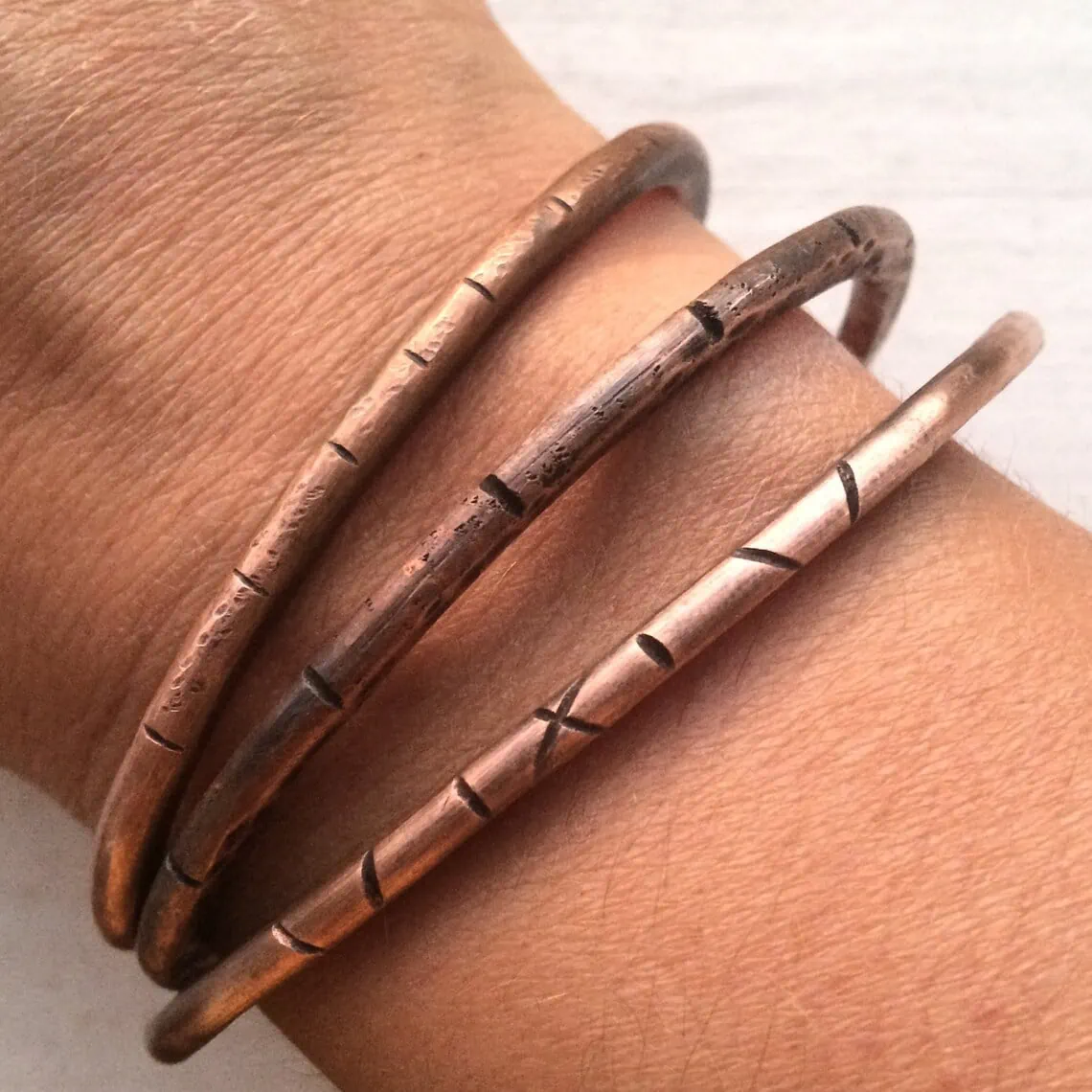
Just like zinc and iron, we need to have the right amount of copper in our bodies too and there is such a thing as copper deficiency.
Copper deficiency occurs when there is a lack of intake of foods rich in copper or when other factors prevents your body from absorbing copper from your food. By wearing copper jewelry, the body is sometimes able to absorb small amounts of copper into your system. Your body generally only absorbs just the amount it requires and not more. However, if your copper jewelry is plated, or sealed, then you will not feel these benefits as the copper must touch the skin to be effective.
Some claim that copper assists in alleviating various ailments such as joint pains, rheumatism, arthritis, and headaches. However, while there may be veracity in these claims, these haven’t been verified with certainty yet.
Some people worry that wearing copper jewelry can lead to copper toxicity. This is not a cause for concern, as copper toxicity only occurs if you ingest copper. Wearing copper jewelry is not known to be damaging in any way. Copper as a metal is antimicrobial and antifungal, and is not harmful to our skin.
Copper Cleaning and Care
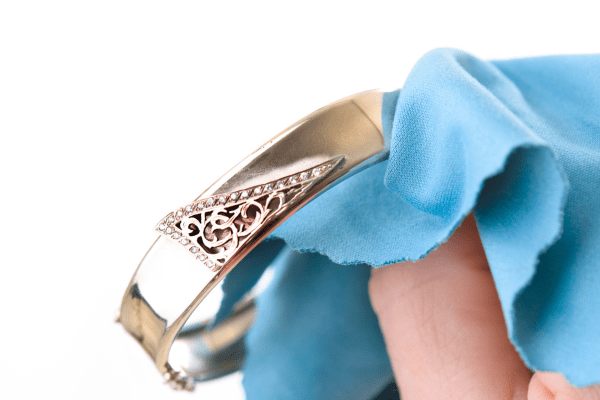
When copper is oxidized and weathered, it develops a greenish coating. This is known as a patina. To clean tarnished copper, use a cleaner that contains acidic ingredients, such as lemon or vinegar.
Soak your copper jewelry in the liquid and wash away thoroughly after about half an hour. You may need to use a brush to ensure that you get rid of all the dirt and grime in the piece.
Regular maintenance of your copper jewelry will ensure it sparkles and remains beautiful for a long time. Wash with warm soapy water and dry with a soft cloth.
Don’t use abrasive materials to handle your copper jewelry. Use a commercial polish or even car wax to give your copper jewelry that extra shine. This will also help to prevent it from turning your skin green.
Wrapping Up
Copper is one of the most enduring metals that has been used and loved for millennia. Even today, copper jewelry continues to be popular among those who like the rustic, earthy look of the metal. It remains one of the most commonly used metals in costume jewelry.









